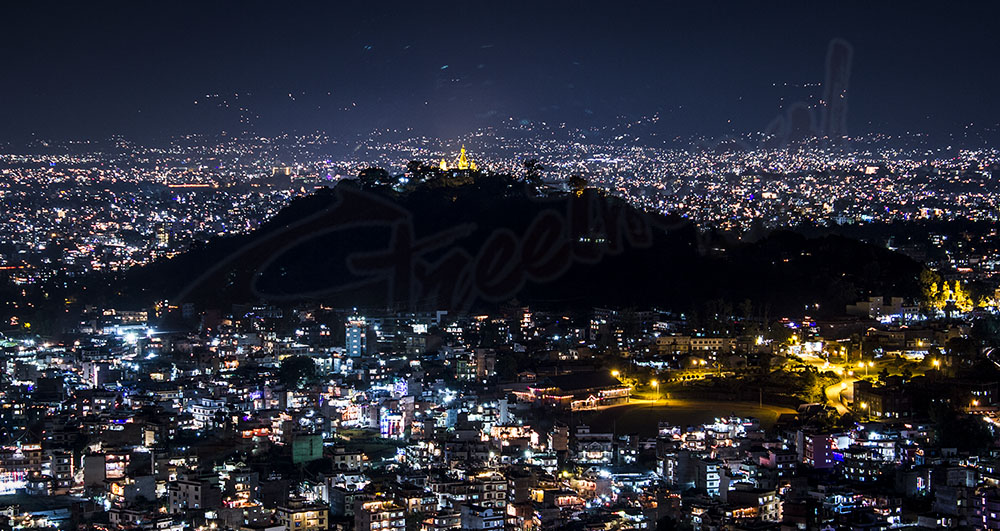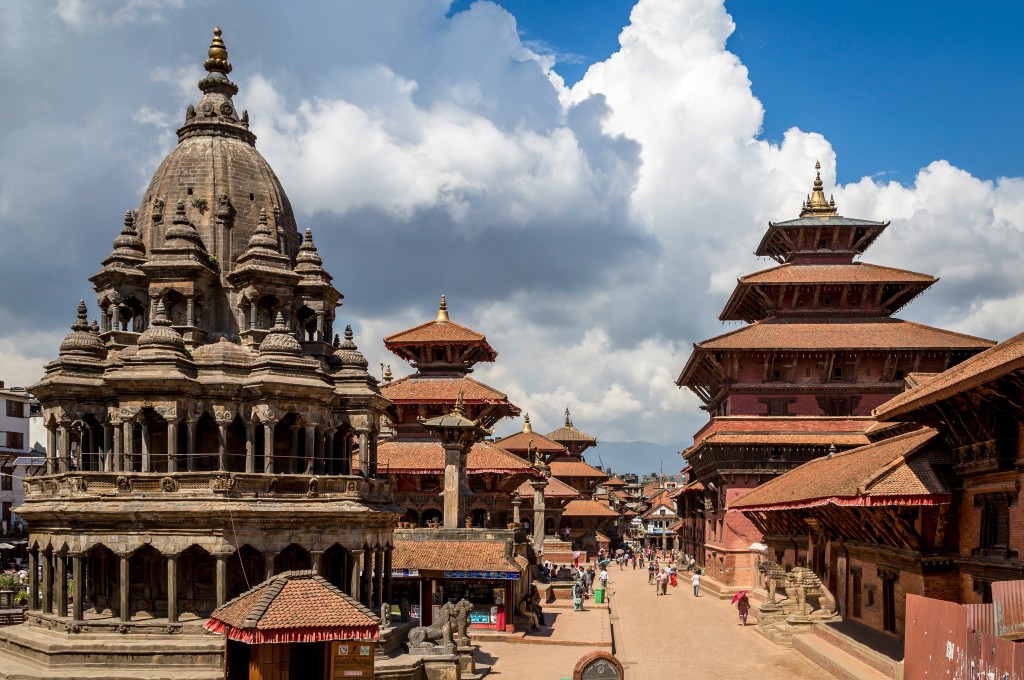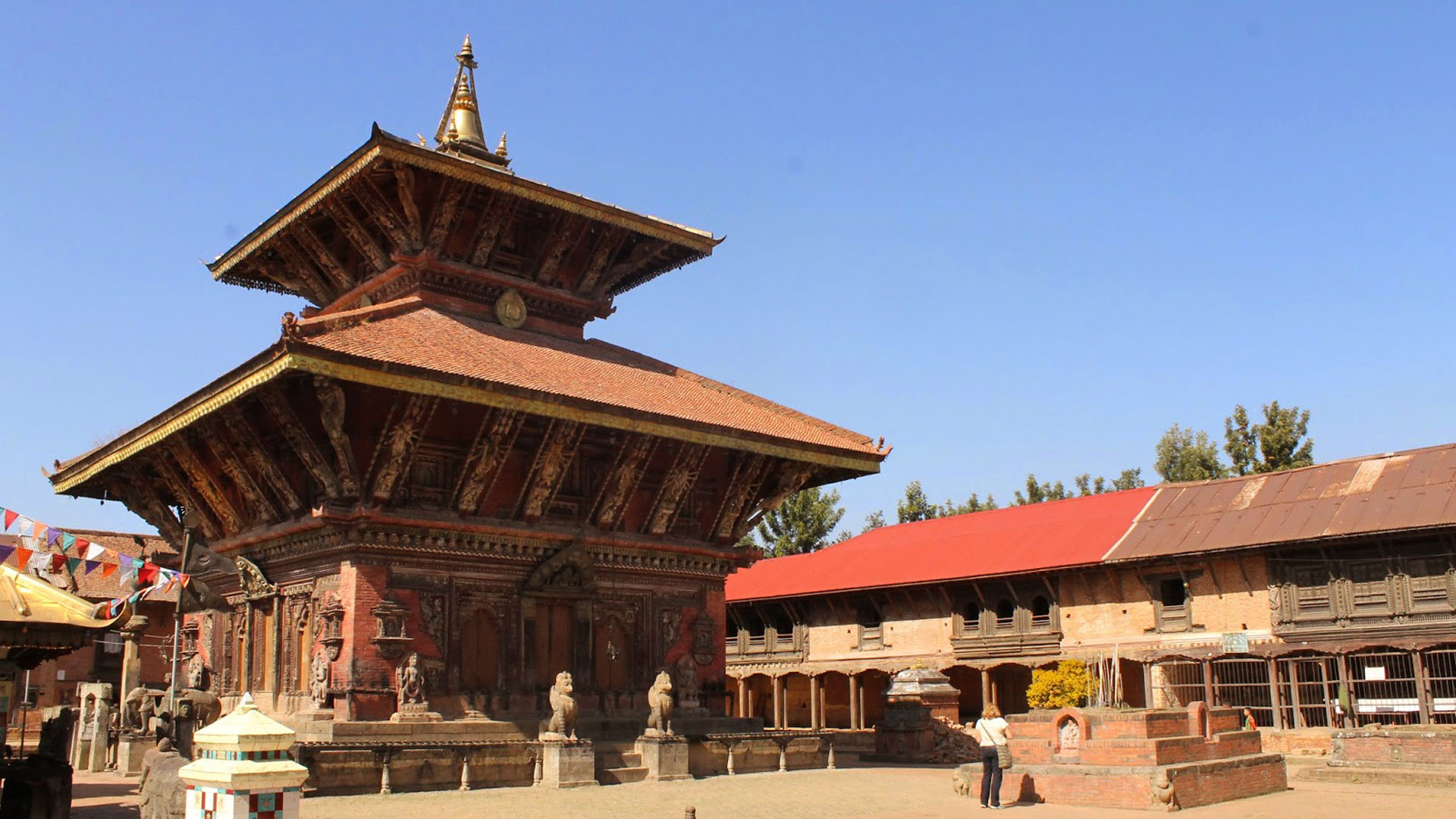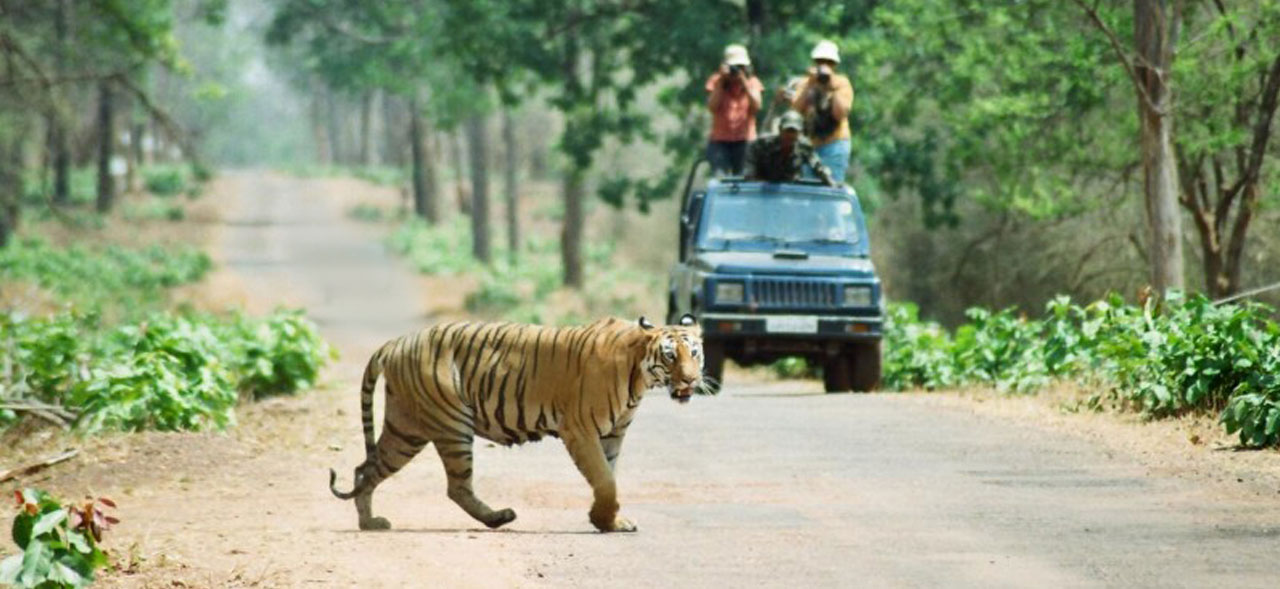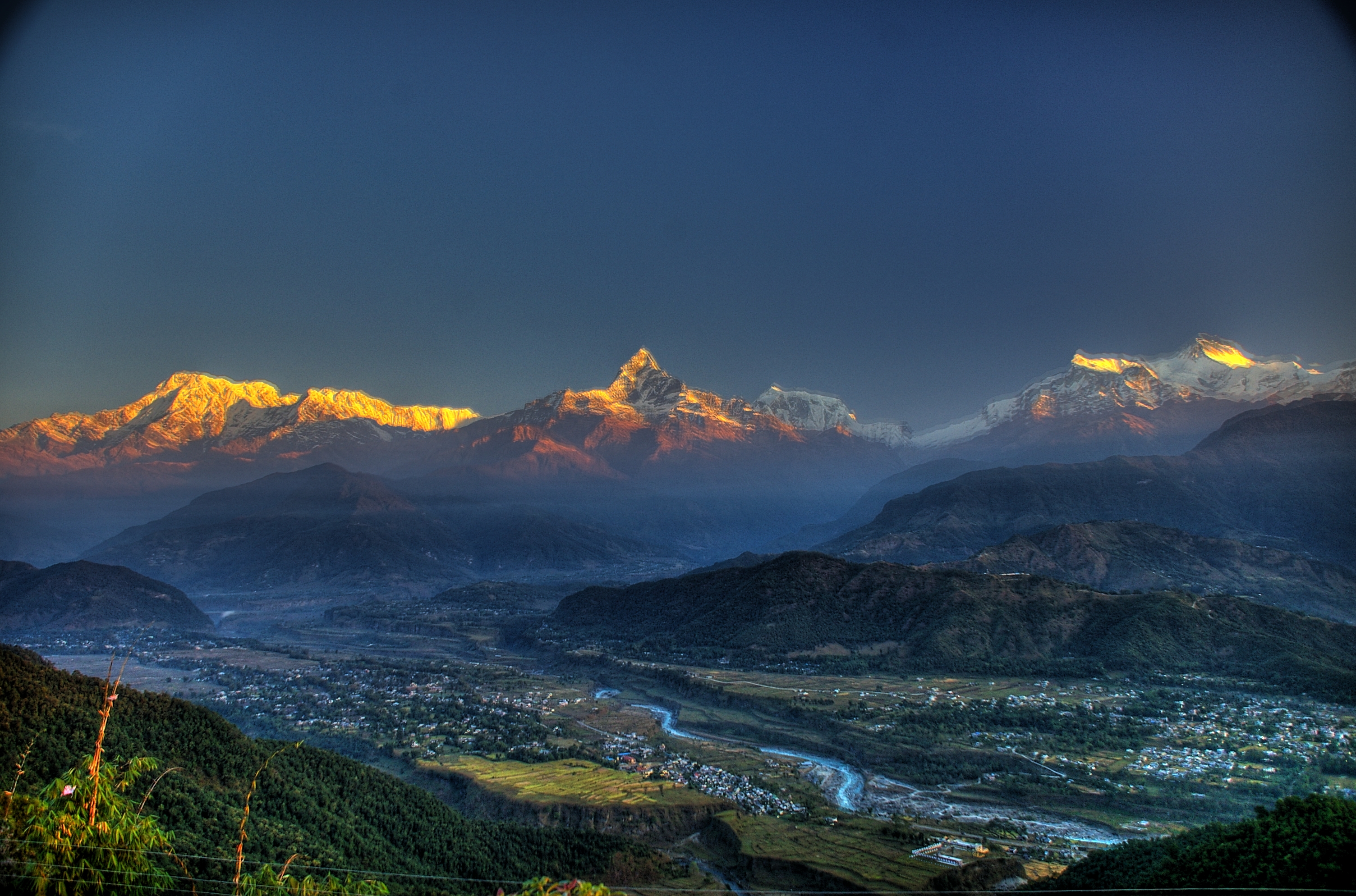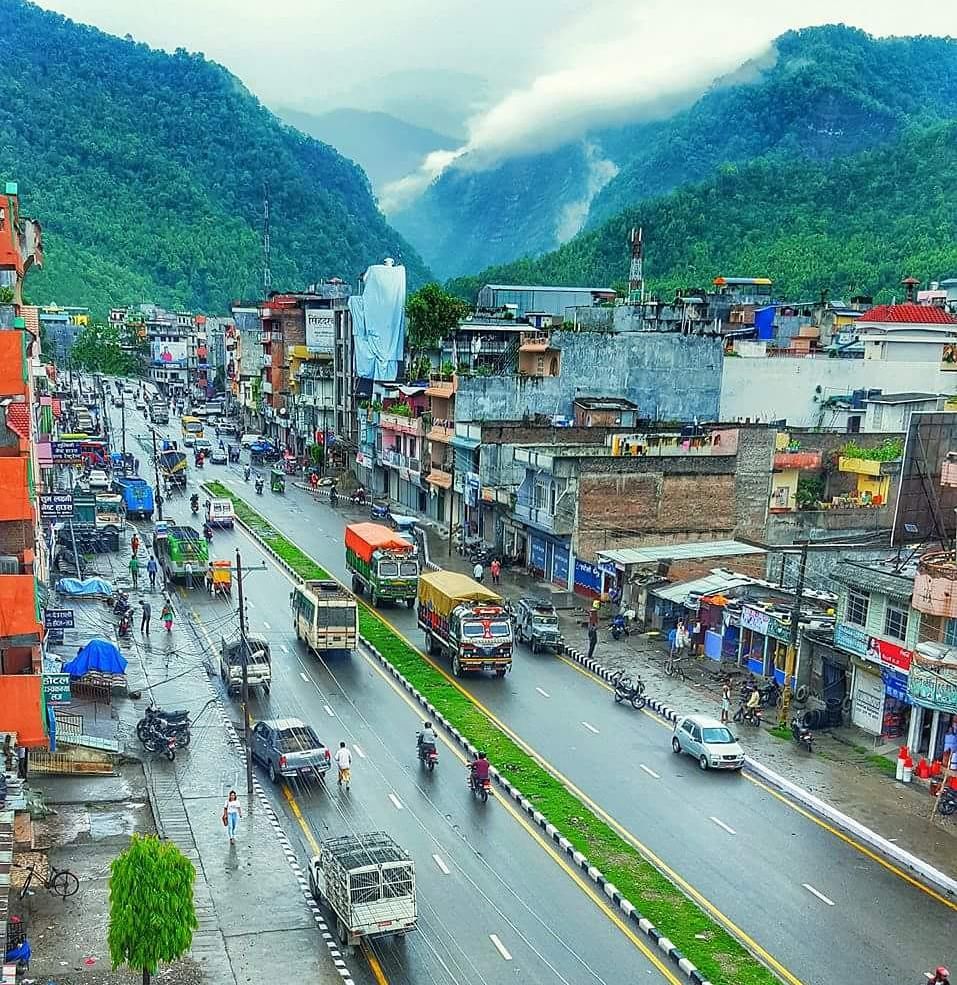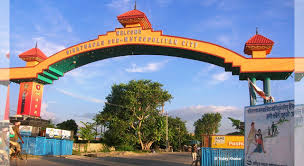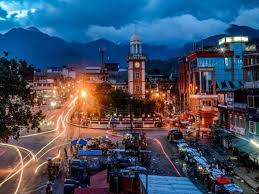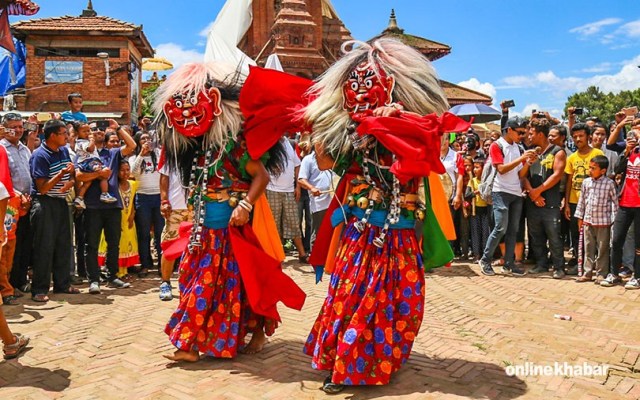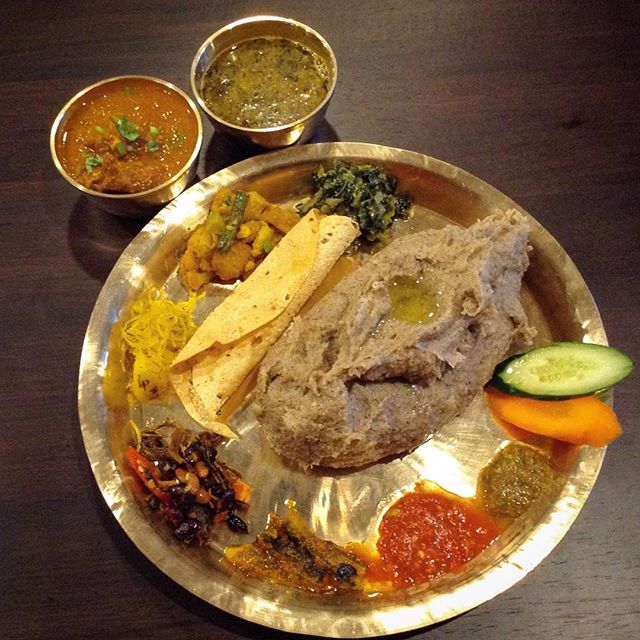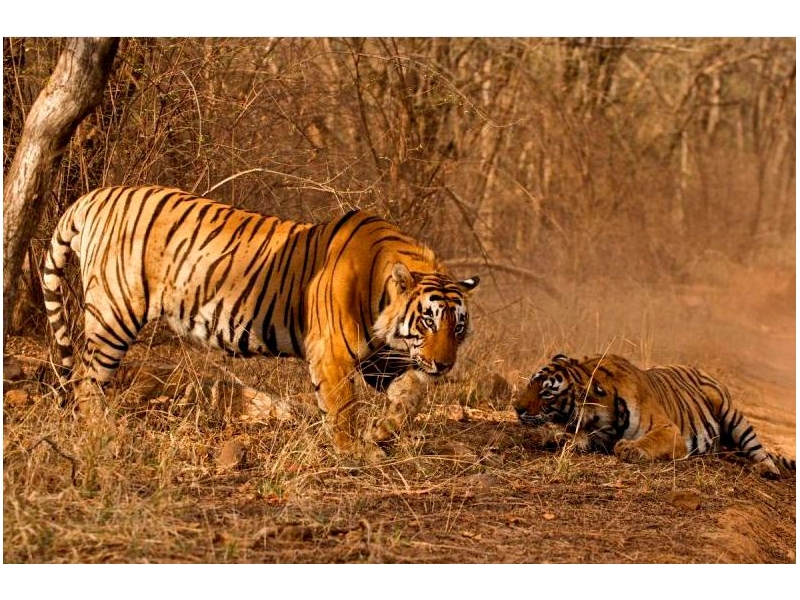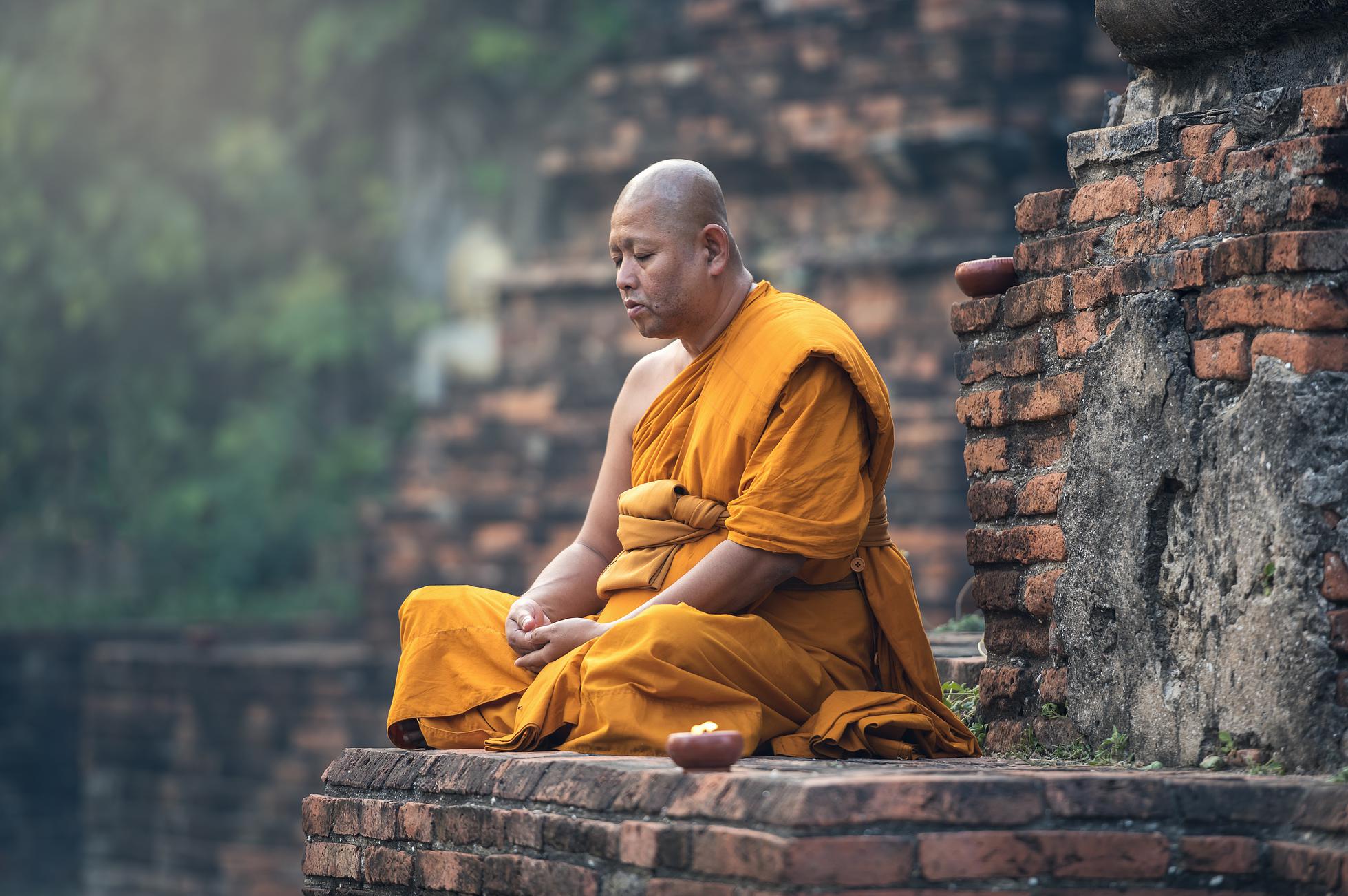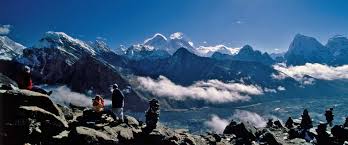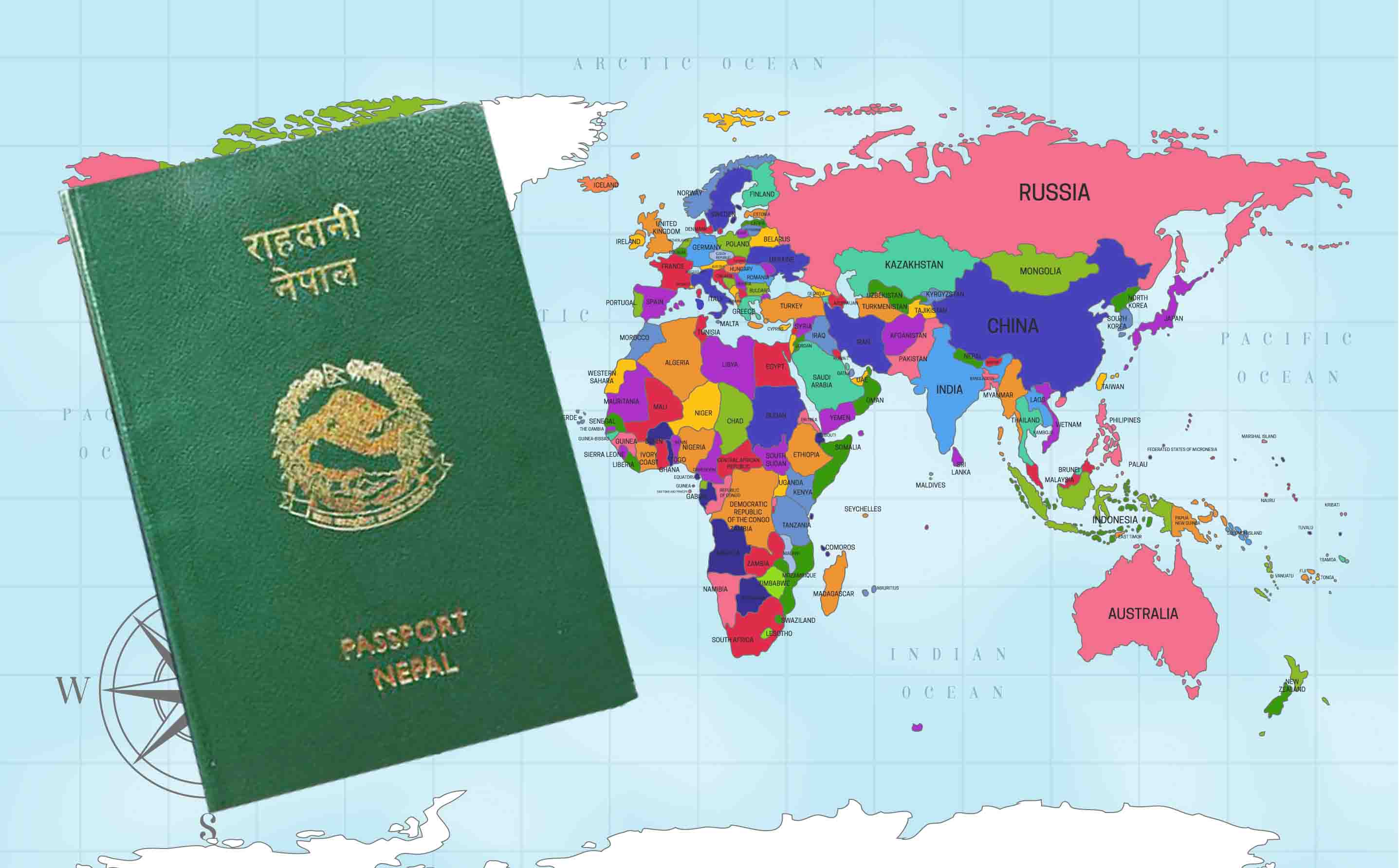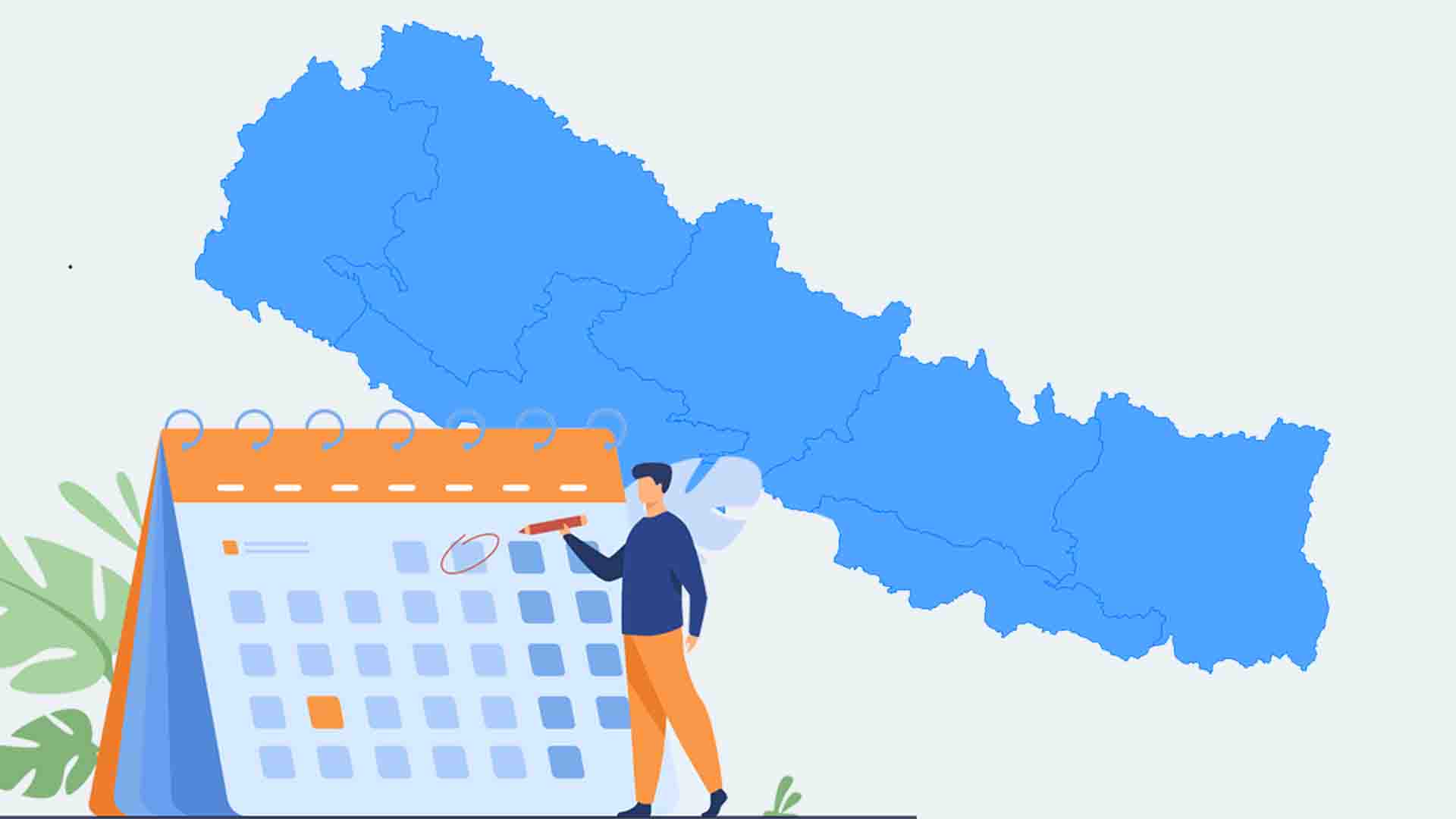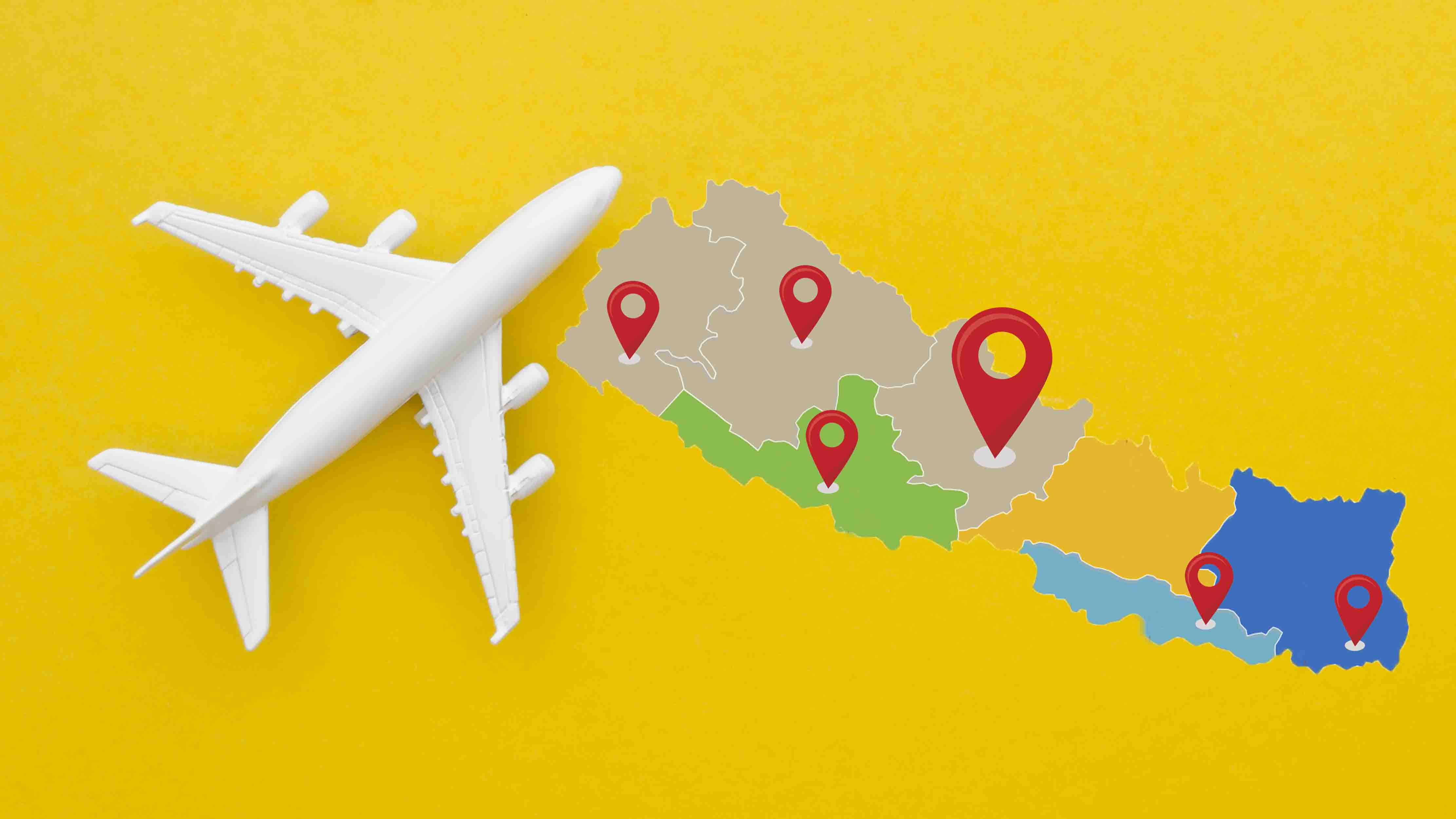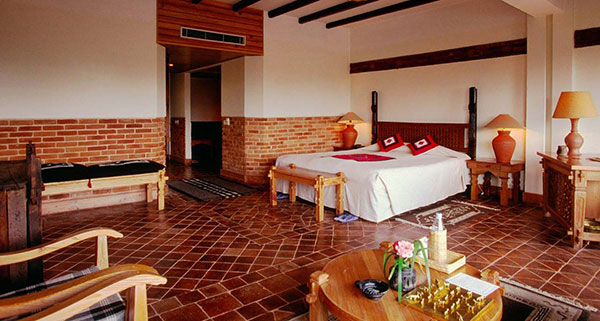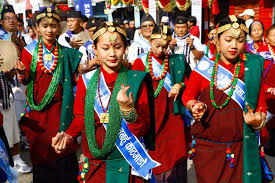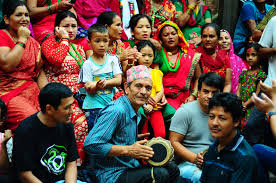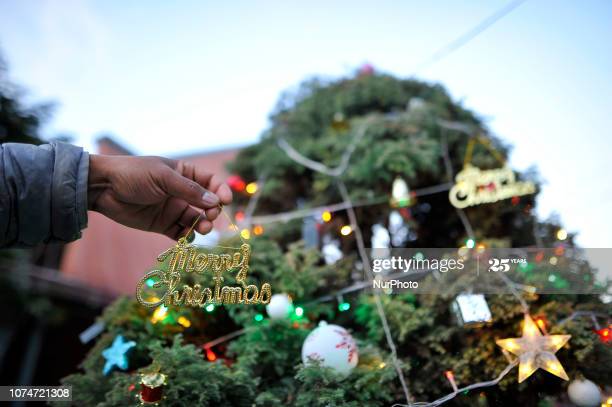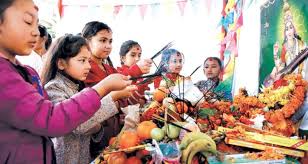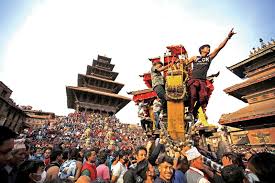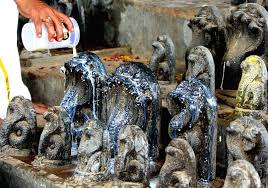Understand Nepal > festival > Sonam Lhosar
Sonam Lhosar
Sonam Lhosar, the most important and the most celebrated festival of the Tamang community of Nepal, is the biggest festival among the Tamang ethnic group. Out of different Lhosar, Tamu Llhosar is celebrated by the Gurung community, and Gyalpo Lhosar is celebrated by the Sherpa community throughout the country.
As the districts like Kavrepalanchok, Rasuwa, Sindhupalchok, Dhhading, Nuwakot, Sindhuli, Rmechhap, Makwanpur, Dolakha, and some regions of Kathmandu Valley are mainly inhabited by Tamang ethnic group, Sonam Lhosar is joyous in these places.
Several programs take place all over the country and the excitement and joy are similar everywhere. The Manjushree Calendar divides Sonam Lhosar into twelve categories such as Monkey, Bird, Mouse, Tiger, Cat, Horse, Pig, Ox, Rabbit, Sheep, Snake, and Dragon. Lhosar forms from two Tamang words Lho and Sar which mean a year and new respectively. Therefore, the festival marks the new year or the beginning of a new era in Tamang culture.
The festival falls around the second week of January depending upon the Lunar calendar. The festival is regarded as a new year for Tamang people, and the excitement on this day is extreme. The main chores on this auspicious festival include cleaning nooks and corners of the house, decorate monasteries, chhortens, and add colorful Buddhist prayer flags around the feast areas to welcome the new year with good vibes.
The star attraction of the festival is Tamang Selo – the traditional dance form in the Tamang community which is followed by musical instruments like damphu. People sing Selo and enjoy together with families and people from the village in common mela.
Buddhist devotees Tamang people visit different monasteries, Stupas, Chhortens, and pay their homage. The extreme event on this day takes place at Tudhikhel where Tamang people along with observers from different ethnic groups come to be part of the event. Several stalls are selling traditional foods and drinks, and a massive parade can be seen on the street with people on their traditional costumes.








